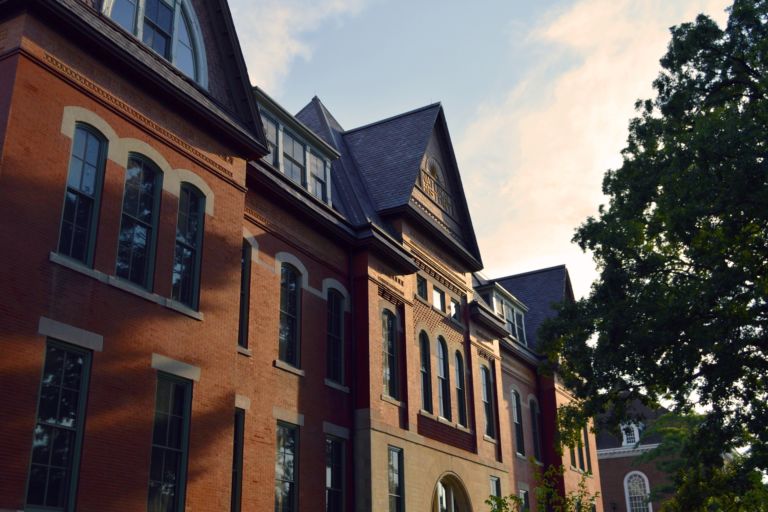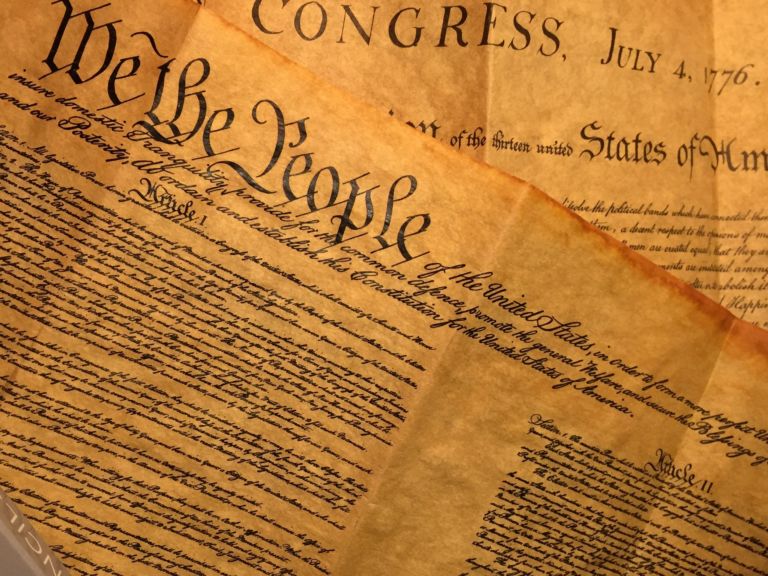High school seniors could apply to any community college, nearly all private colleges, and six of the 10 public universities in North Carolina for free last week (October 15-19) as part of the annual NC Countdown to College. Coincidentally, it has been 30 years since former Secretary of Education William Bennett first suggested that federal student aid increases the cost of higher education. Since then, outstanding student loan debt has climbed to $1.5 trillion.
Policy proposals include student loan forgiveness, crackdowns on schools that leave students unable to repay their loans, and even larger government subsidies to make college free. Meanwhile, new and existing institutions are filling the gap in innovative ways. More schools are offering online degree programs; platforms such as Codecademy, Coursera, and EdX are crafting more limited certifications; and apprenticeship programs like Praxis offers students the option to earn more through their work than they spend on their education.
We made a startling discovery of just how much had changed when our son began the college application process during his junior year of high school. If your child can get into the school, out-of-state and private colleges and universities may be less expensive for lower-income families than schools in the UNC System. Many promise that students can graduate without a dime of student loan debt and will provide funds to make unpaid internships possible. The University of Chicago even waives the application fee.
Many of our friends insisted on UNC System schools because of their perceived value. UNC-Chapel Hill is the only public school in North Carolina that promises to meet 100 percent of demonstrated need—with loans. Western Carolina, UNC-Pembroke, and Elizabeth City State offer students $500 tuition per semester for in-state students and $2,500 per semester for out-of-state students thanks to the NC Promise tuition plan. Despite the lower tuition, the cost of insurance, technology, room and board, and other fees can bring the total cost of attendance to $6,000 or more per semester. A family earning $55,000 would spend more than a fifth of its annual income on a year’s schooling for one child before other forms of aid.
Fortunately, each school provides a net price calculator to help prospective families gauge what college will actually cost. According to Harvard’s net price calculator, that same family with an income of $55,000 could send a child to Harvard for $4,600 paid with student work during the school year and over the summer.
In addition to need-based assistance, UNC-Chapel Hill, NC State, Davidson, and Duke are among the schools in North Carolina that have provided need-blind full scholarships based on merit. These merit scholarships are extremely competitive, with multiple rounds of interviews to determine the student’s commitment to excellence in and out of the classroom.
Even professional and graduate schools are cutting tuition. New York University, with a gift from Home Depot founder Ken Langone, announced it would no longer charge tuition for medical school. NYU’s law school already had a tuition-free option for those going into public service.
Article IX of the state constitution states, “The General Assembly shall maintain a public system of higher education” and “provide that the benefits of The University of North Carolina and other public institutions of higher education, as far as practicable, be extended to the people of the State free of expense.” It is appropriate for legislators and the UNC Board of Governors to regularly question how best to manage the public university system and how much its benefits can be made free of expense to North Carolinians. Whatever they decide, no solution will be permanent, nor will one ever provide high school seniors the ability to get a full eight hours’ sleep. Fortunately, they are young and resilient.


